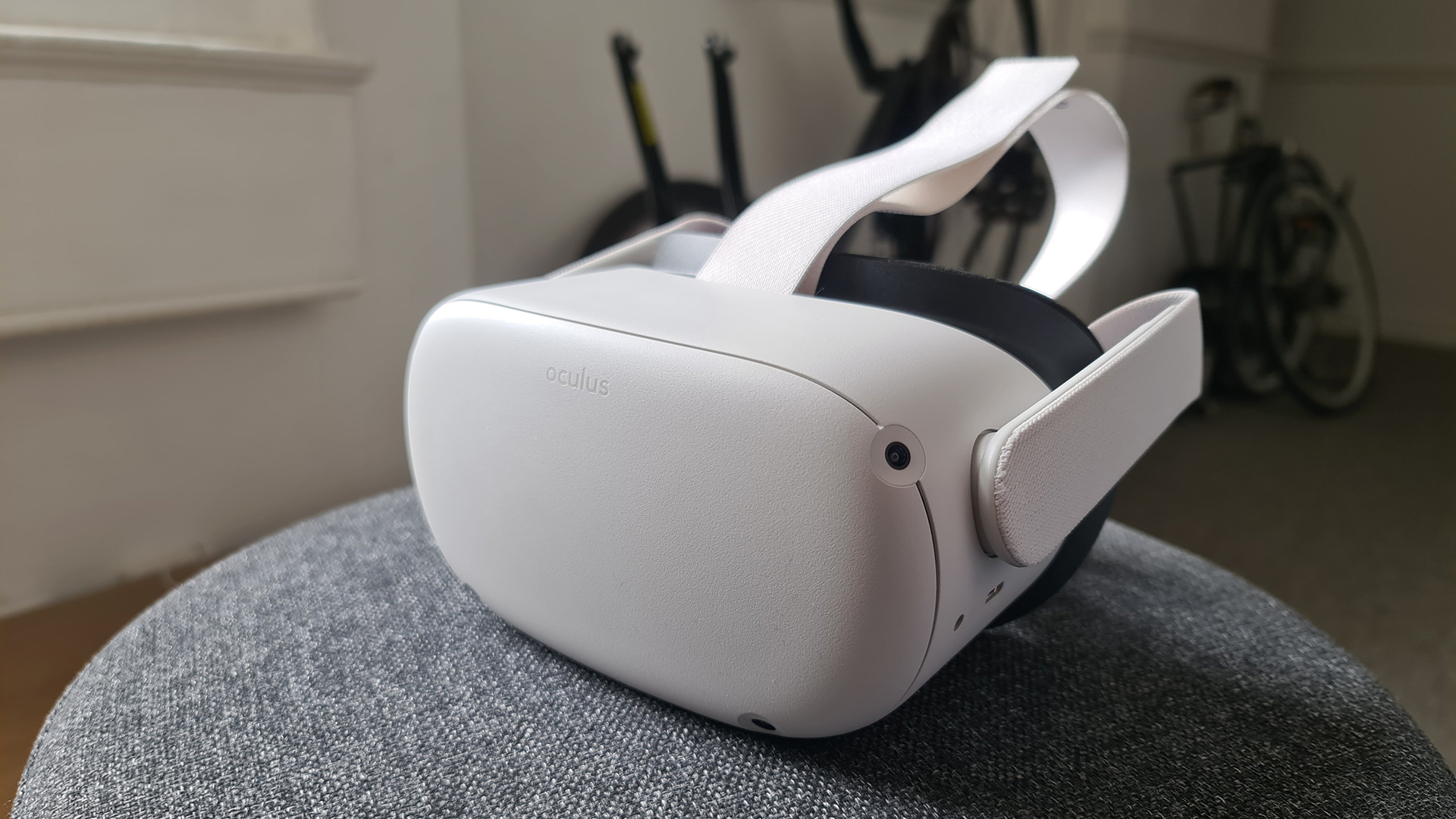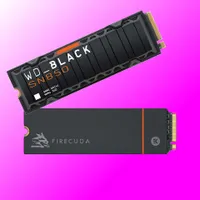Meta Quest 2 resolutions per eye are lower than previously stated
Each eye actually gets less than 1920 x 1832 resolution.

At a talk during Display Week 2022, Meta (you know, Facebook as was) went into surprising detail about the specifications of its Quest 2 VR headset . Meta display engineer, Cheon Hong Kim, talked about the Quest 2's display architecture and design challenges in using LCD panels for VR headsets.
The talk covered the importance of Low Persistence, a technique that illuminates the pixels in each frame as your head moves in real time (via UploadVR). Without this technique, fast head movements can be perceived as motion blur by your brain, which could be a very unsettling feeling. The early versions of the Oculus Rift Development kits back in 2013 had this problem and were remedied a year later.
LCD displays were often considered bad for VR because of response times when compared to headsets with OLED displays like the Valve Index or PlayStation VR. In 2017 the release of a new type of "fast switch" LCD improved response times on the Oculus Go and Quest 2 headsets.
One interesting tidbit from the talk is that the lens for each eye actually gets less than the listed 1832 x 1920 pixels. This is because Quest 2 only uses a subsection of the single panel split for the two eye lenses. And since the lenses are more rounded than square, the corner of the display is never actually needed or seen by the user's eyes. So even if the resolution is technically 1832 x 1920 per eye, you're actually not seeing that.
The talk also details the causes of the Screen Door Effect that plagues some VR headsets. The Screen Door Effect is when an image in front of your eyes takes an, uh, screen door effect when the gap between pixels becomes visible. The Quest 2 still isn't immune to this phenomenon. However, it is hoping to increase counts on future headsets to eliminate motion and ghosting.
If you're thinking of pulling the trigger on a VR headset, we reviewed and tested all the major players and put together a handy little guide to our favorites.
Best SSD for gaming: The best solid state drives around
Best PCIe 4.0 SSD for gaming: Speedy drives
The best NVMe SSD: Slivers of SSD goodness
Best external hard drives: Expand your horizons
Best external SSDs: Fast, solid, and portable
Keep up to date with the most important stories and the best deals, as picked by the PC Gamer team.

Jorge is a hardware writer from the enchanted lands of New Jersey. When he's not filling the office with the smell of Pop-Tarts, he's reviewing all sorts of gaming hardware, from laptops with the latest mobile GPUs to gaming chairs with built-in back massagers. He's been covering games and tech for over ten years and has written for Dualshockers, WCCFtech, Tom's Guide, and a bunch of other places on the world wide web.


